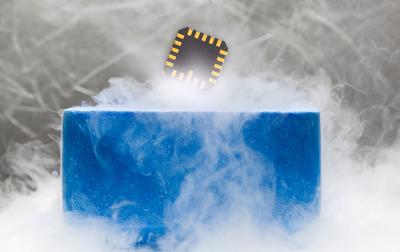Paragraf recently introduced the GHS-C Graphene Hall Sensor (GHS), providing a viable approach to measuring magnetic field strengths of 7 Tesla (T) and above, at temperature extremes below 3 Kelvin (K).

Graphene Hall sensor enables the accurate measurement of high magnetic field strengths at cryogenic temperatures, increasing manufacturing throughput by quicker magnet mapping, replacing existing NMR probe mapping stages. The cryogenic sensor also allows measurements directly in cold bore, removing the need for room temperature inserts giving quality data and time savings.
The GHS-C is the only Hall sensor now in volume production that can offer this level of performance at temperatures below 3 K. The underlying technology is capable of operating at temperatures even lower, with no loss of performance. This is made possible by the lack of any planar Hall effect in graphene, a unique feature that Paragraf has harnessed.
The GHS-C uses graphene optimized and tuned for high field applications, including super-conduction, quantum computing, high-energy physics, low-temperature physics, fusion and space. In addition, as the next generation of particle accelerators rely on magnets that generate field strengths more than 16 T, the GHS-C is reportedly drawing interest from leaders in this field.
When looking for high sensitivity, one of the biggest challenges that researchers and engineers working at very low temperatures face is the instability caused by the heat dissipated by conventional sensors, commented Ellie Galanis, Product Owner at Paragraf. This is particularly relevant when working in cryogenic applications, such as quantum computing. Our GHS-C dissipates nW of heat rather than mWs. This has a much smaller impact on the apparatus, allowing researchers to make accurate and repeatable measurements.
The GHS-C is now in volume production and is being supplied in the industry-standard LCC 20 package, making it a drop-in replacement for existing Hall sensors, continuing Paragraf's work in supporting cryogenic equipment manufacturers and quantum computing research worldwide.



